Can you transplant tomatoes when they are flowering? This is a question that many beginner gardeners are particularly concerned about. We all know that the flowering stage of tomatoes is critical. The plant has been using its nutrients to grow leaves and stems, and now it needs to divert energy into growing flowers and fruit. Any changes at this stage can potentially affect its subsequent growth.
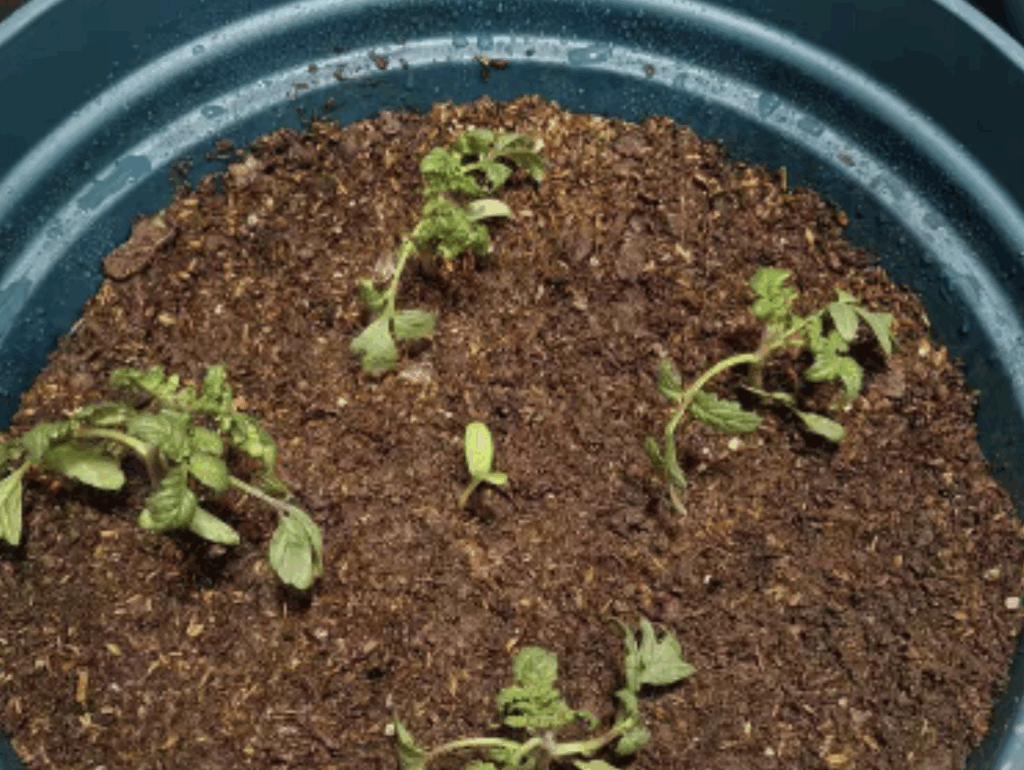
When a tomato plant is flowering, there is a delicate balance between its root system underground and the stems, leaves, and flowers above ground. The roots constantly absorb water and nutrients from the soil and deliver them to the stems, leaves, and flowers to support their growth. Meanwhile, the above-ground stems and leaves use photosynthesis to send some energy back to the roots, allowing them to continue functioning properly. At this time, tomatoes are very sensitive to changes in their environment, and even a small disruption can break this balance, negatively affecting their normal growth and development.
Transplanting a tomato plant while it is flowering comes with many risks. During transplantation, no matter how careful we are, it's difficult to avoid damaging the roots. The main roots, side roots, and even fine hair-like roots can easily break when the plant is removed from the old pot and soil. When the roots are damaged, they lose their ability to function as efficiently, reducing their ability to absorb water and nutrients. Since a flowering tomato plant needs a large amount of nutrition, if it doesn’t receive enough, the flowers may wilt and fall off, making it hard for the plant to produce fruit. In severe cases, the entire tomato plant may stop growing, and the final yield will be significantly reduced.
In addition to root damage, repotting can also expose the tomato plant to a completely new environment. The soil in the original pot has formed a microenvironment that the tomato plant has gradually adapted to, including the soil’s pH, humidity, temperature, and the microorganisms in it. Once you transplant, these conditions may change, and the tomato will need to adjust again. Additionally, repotting changes the plant’s location, which could affect sunlight and ventilation, causing stress and disrupting its growth.
However, it is not an absolute "no" to transplant during the flowering period. If the pot is too small, the roots have no space to spread, or if the soil is compacted like rock, or if there are serious pest and disease issues in the soil, then repotting becomes necessary. In such cases, you must be very careful to minimize the risks.
When repotting, it’s best to move the plant with its original soil ball to reduce root damage as much as possible. When removing the plant, handle it gently, and if the soil ball is loose, wrap it in plastic wrap or newspaper. Choose a new pot that is slightly larger than the original one, as a pot that’s too big can lead to water accumulation after watering, which could rot the roots. The soil should be loose, well-draining, fertile, and breathable. You can mix leaf mold, peat moss, and a little perlite or vermiculite.
After repotting, don’t place the tomato plant directly in the sun. Instead, put it in a cool, ventilated area to help it acclimate. Don’t water too frequently, just keep the soil slightly moist. Wait until you see new leaves emerging, which indicates that the plant has adapted to the new environment. At that point, you can gradually increase the sunlight exposure and return to normal care.
In summary, it’s best not to repot tomatoes while they are flowering because the risks involved can easily affect their ability to flower and fruit. If you absolutely must repot, make sure to take protective measures and care for the plant carefully. This way, you can increase the plant's chances of survival and minimize the impact on flowering and fruiting.

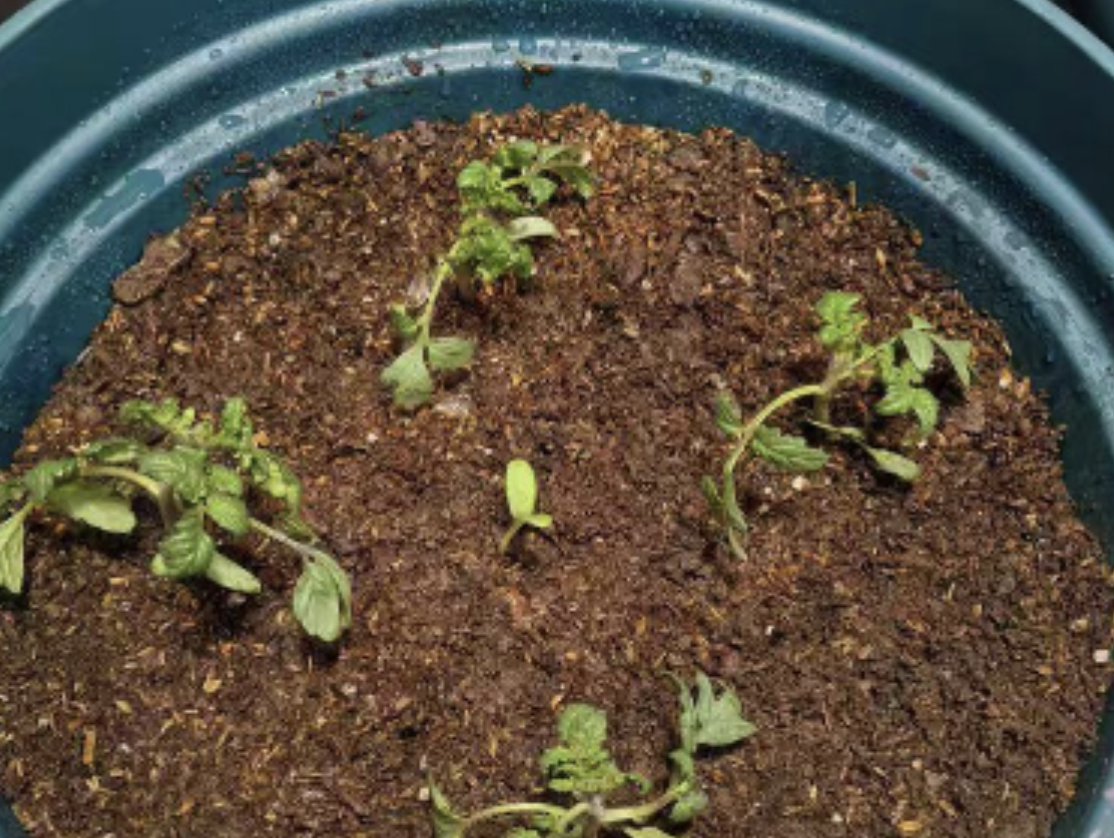
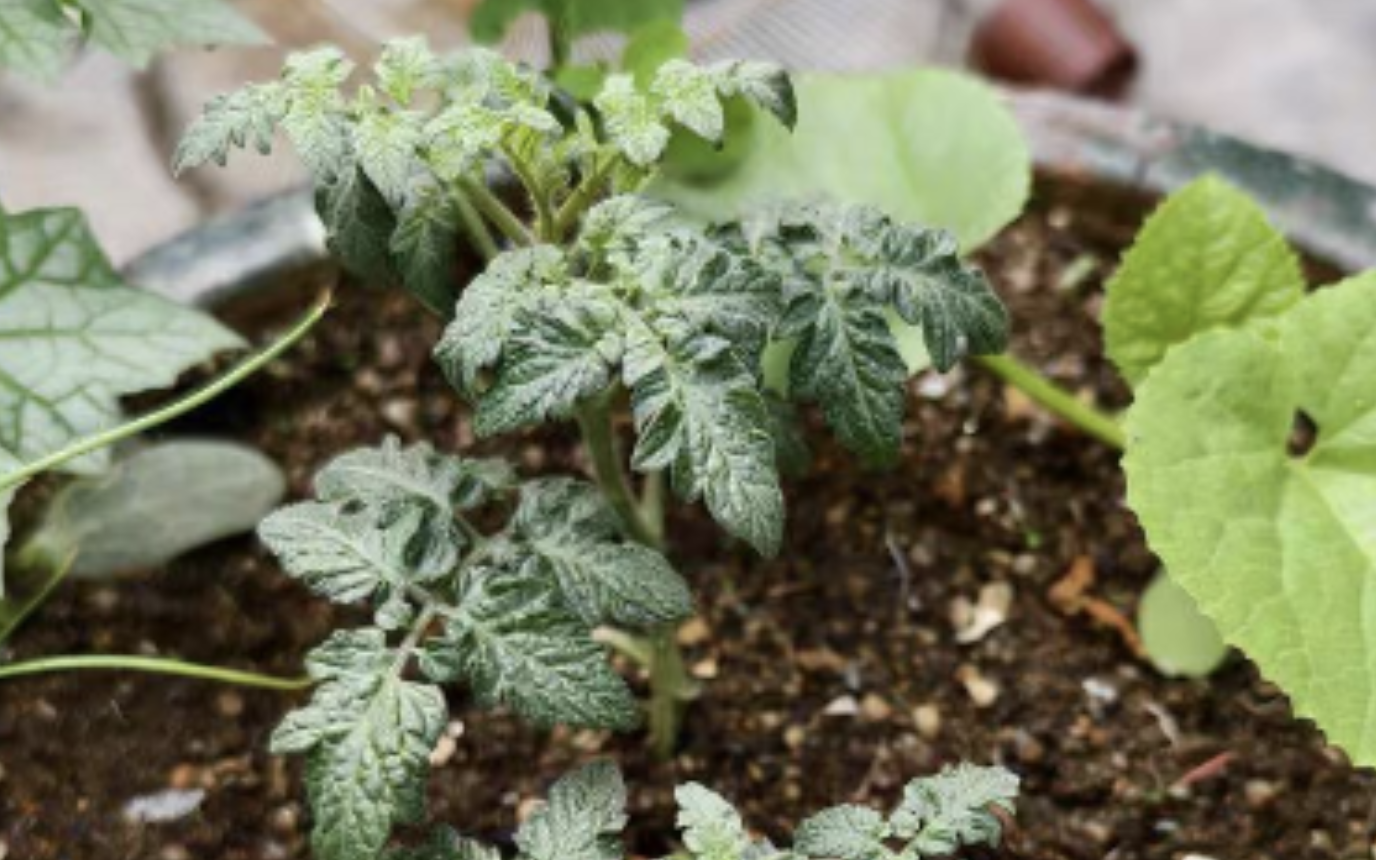
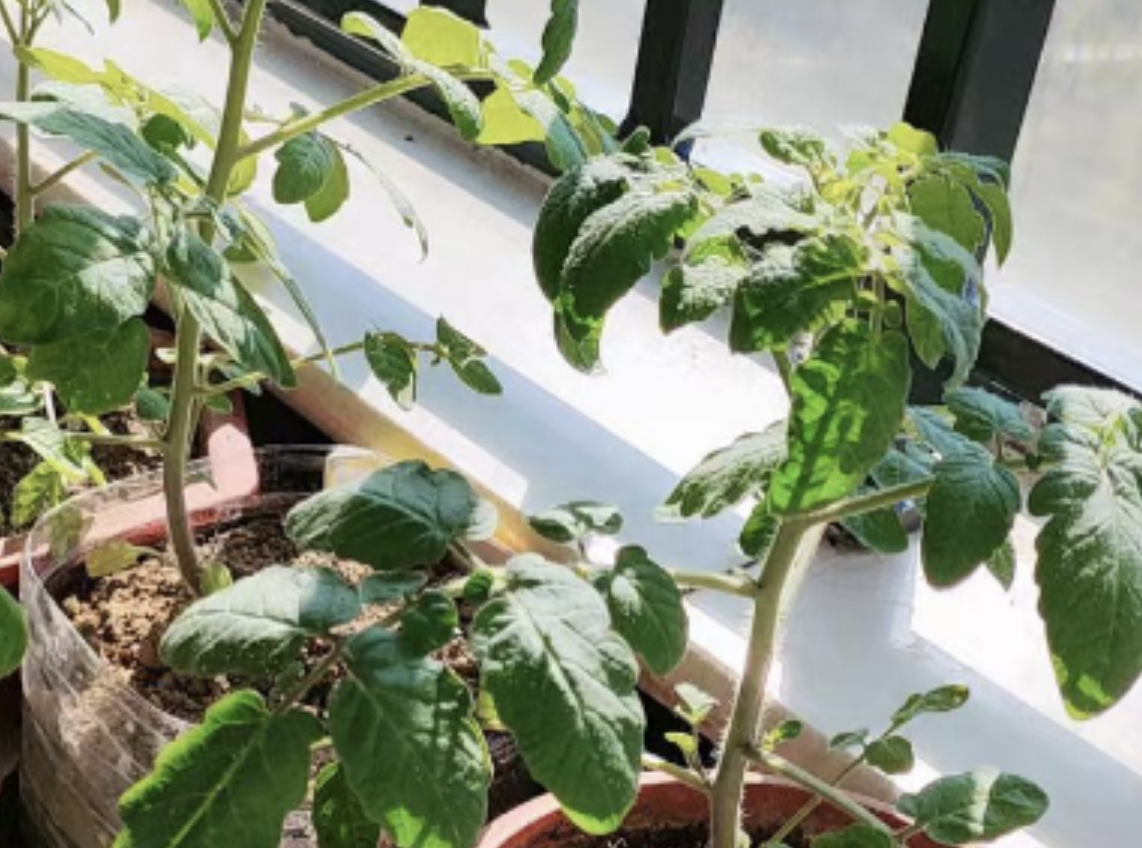
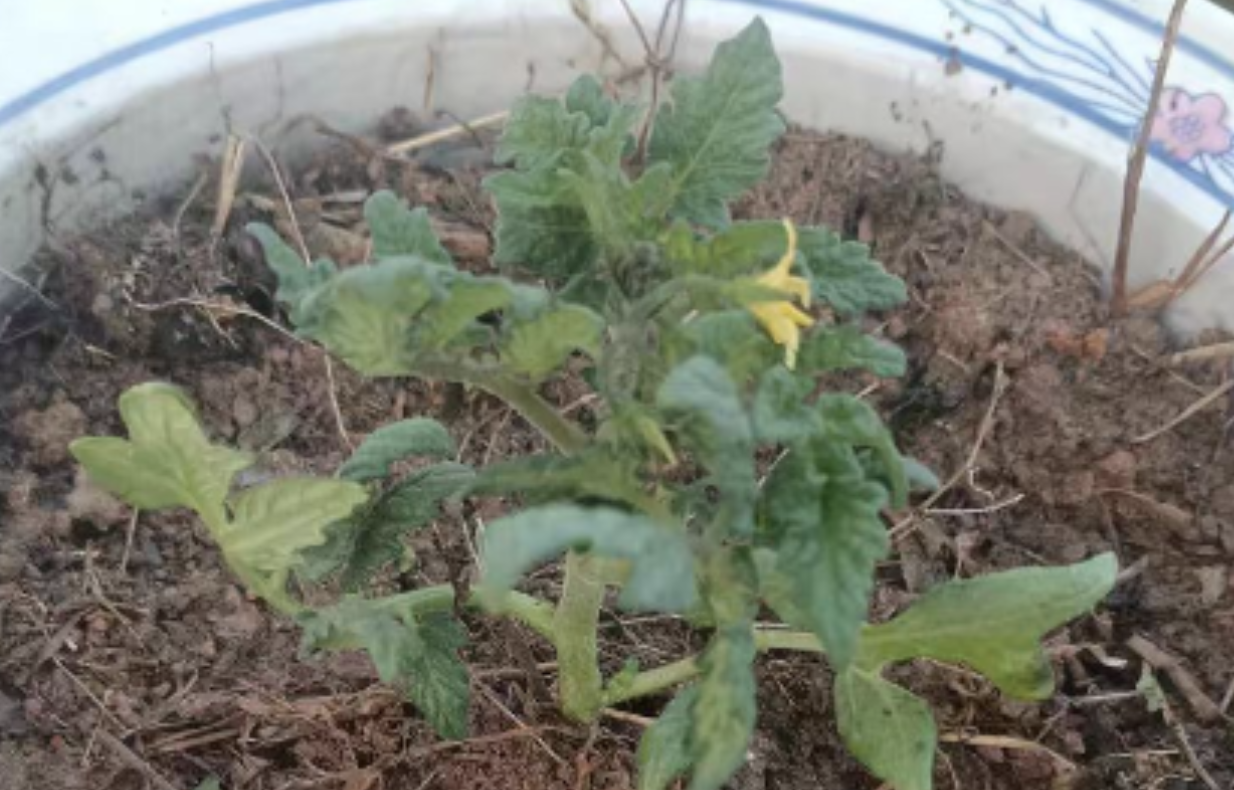
Leave a Reply